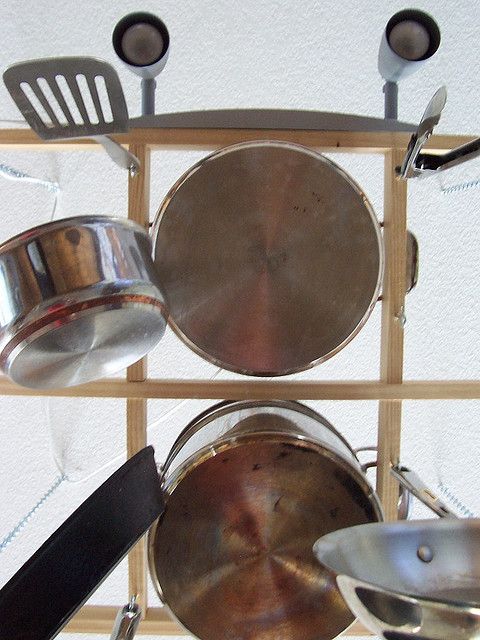
Shipping household goods is one of the most common LTL shipments we do here at FreightPros. That being said, we’ve found there is still quite a bit of confusion when it comes to the shipping of household goods, and our blog is nothing if not a place to clear up LTL shipping confusion. So today we’re going to get detailed on what it means to ship household goods, and how to do it right when you’re moving LTL freight.
To start, what exactly are household goods? Though there isn’t an exact definition from the freight carrier’s perspective, household goods are most often thought of as a mix of items such as utensils, clothing, and even some small pieces of furniture. It’s important for the items to be mixed though, as the freight class will change if you’re just shipping one type of item.
For instance, shipping a box of t-shirts (and only t-shirts) would not be considered “household goods,” even if they’re being shipped from a residence. Also remember that no items coined “household goods,” can be intended for resale purposes; it’s more about relocating personal items in the event of a move or something of that nature.
Speaking of freight class, all household goods will run at class 150 using NMFC code 100240. You’ll need to make sure this information is on your BOL at the time of pickup, or else you’re putting your freight at risk of a reclass. Part of shipping items at class 150 is the packaging of the freight.
When you’re shipping household goods, all items must be boxed, and those boxes must be on a pallet or in a secure crate. Some carriers will allow large items to be loose, however, it’s important to confirm this before scheduling the pickup.
The last thing to keep in mind is that freight carriers are not moving companies. They will not package any materials, and they cannot enter your home due to liability issues. They can come to pick up household goods at your residence, but the freight must be packaged and ready to go down at the curb. You’ll also have to pay for residential pickup services, as well as a liftgate.